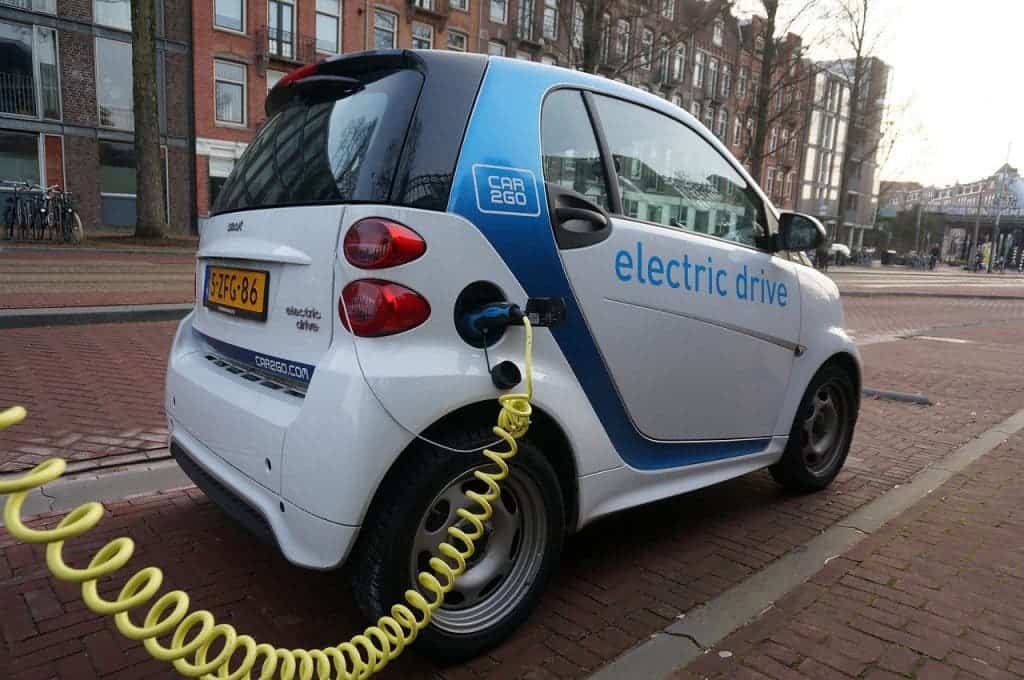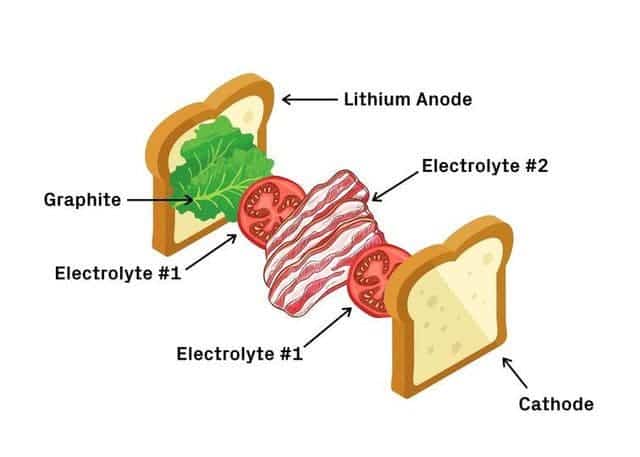
Lithium-metal batteries, also known as solid-state batteries due to the use of solid electrodes and a solid electrolyte, are seen as the next jump in battery tech. These devices promise to push the boundaries and limitations of current lithium-ion batteries, thereby solving a lot of problems we have with electric vehicles (EV) today. The problem is that this technology is still experimental and the prototypes we’ve seen so far haven’t been stable enough for mainstream use — until now.
In a new study, researchers at Harvard University’s School of Engineering and Applied Science (SEAS) have described how they’ve solved an inherent flaw in solid-state batteries, making them much more stable. If all is confirmed in the future, this technology could be used to increase the lifetime of electric vehicles to that of gasoline cars, in the 10 to 15 years range, without the need to replace the battery. What’s more, due to its very high current density, a solid-state battery can fully charge an EV within 10-20 minutes.
This is really a game-changing technology since ‘range anxiety’ (the fear that you won’t be able to charge your EV while on the road in an acceptable time frame) and concerns over lithium-ion battery lifetimes are some of the main reasons why prospective car buyers are hesitant to switch to EV. But once solid-state batteries enter the picture, the adoption rate for EVs is bound to skyrocket, leaving gasoline-powered vehicles in the dust, just like the horse and buggy were made obsolete at the turn of the last century.
Fixing a 40-year problem plaguing solid-state batteries
The breakthrough involves a multi-layer approach to assembling the solid-state battery, allowing it to be self-healing and solve the issue of degradation that plagued previous generations.
Unlike lithium-ion batteries, solid-state batteries do not contain heavy liquid electrolytes. Instead, a solid electrolyte is used that can be in the form of glass, ceramics, or other solid materials. Without the need for a liquid, solid-state batteries can be much denser and compact, translating in more range.
Solid-state batteries aren’t new. They’ve been around for decades, with applications including powering pacemakers, wearables, and RFIDs. But heavy-duty applications such as automobiles or even laptops have not been possible thus far due to a number of limitations.
Just like other emerging technologies, solid-state batteries are, for the time being, prohibitively expensive due to development costs and difficulties in manufacturing at scale.
What’s more, solid-state batteries have an inherent chemical flaw. They degrade fast after a number of charge-discharge cycles due to the accumulation of lithium dendrites — thin, tree-like pieces of lithium that branch out and can pierce the battery, thereby causing short circuits and other problems. The only solution is to replace the battery since the lithium metal anode is compromised. A lot of research has been poured into solving this problem, with not much to show for it.
“A lithium-metal battery is considered the holy grail for battery chemistry because of its high capacity and energy density,” said Xin Li, associate professor of materials science at the Harvard John A. Paulson School of Engineering and Applied Science (SEAS). “But the stability of these batteries has always been poor.”
An electrolyte sandwich
Now, researchers at Harvard University may have cracked this puzzle. They have employed a multilayer design that fills in any generated cracks with “dynamically generated decompositions”. Dendrites still form but this design prevents the penetration of lithium dendrites by controlling and containing them.
“Our multilayer design has the structure of a less-stable electrolyte sandwiched between more-stable solid electrolytes, which prevents any lithium dendrite growth,” wrote the researchers who likened their design to that of a BLT sandwich. Seriously.

The first electrolyte is more stable with lithium but more prone to dendrite penetration. The second electrolyte layer is less stable but cannot be breached by the dendrites. So the dendrites can grow and accumulate through the lettuce and tomato, but stop at the bacon.
“Our strategy of incorporating instability in order to stabilize the battery feels counterintuitive but just like an anchor can guide and control a screw going into a wall, so too can our multilayer design guide and control the growth of dendrites,” said Luhan Ye, co-author of the paper and graduate student at SEAS.
“The difference is that our anchor quickly becomes too tight for the dendrite to drill through, so the dendrite growth is stopped,” Li added.
During tests, these multilayer solid-state batteries held 82% of their charge after 10,000 cycles, which is competitive with the lifetime of a fossil fuel-powered car.
The implications are immense. If such a battery can be manufactured at scale, it could dramatically improve the range and, most importantly, charging time for EVs. Toyota aims to sell its first EV powered by a solid-state battery before 2030, while several other automakers are working in partnership with battery producers on their own projects. Volkswagen, for instance, announced a partnership with California-based QuantumScape to push these batteries into commercial use by 2024.
“This proof-of-concept design shows that lithium-metal solid-state batteries could be competitive with commercial lithium-ion batteries,” said Li. “And the flexibility and versatility of our multilayer design makes it potentially compatible with mass production procedures in the battery industry. Scaling it up to the commercial battery won’t be easy and there are still some practical challenges, but we believe they will be overcome.”


